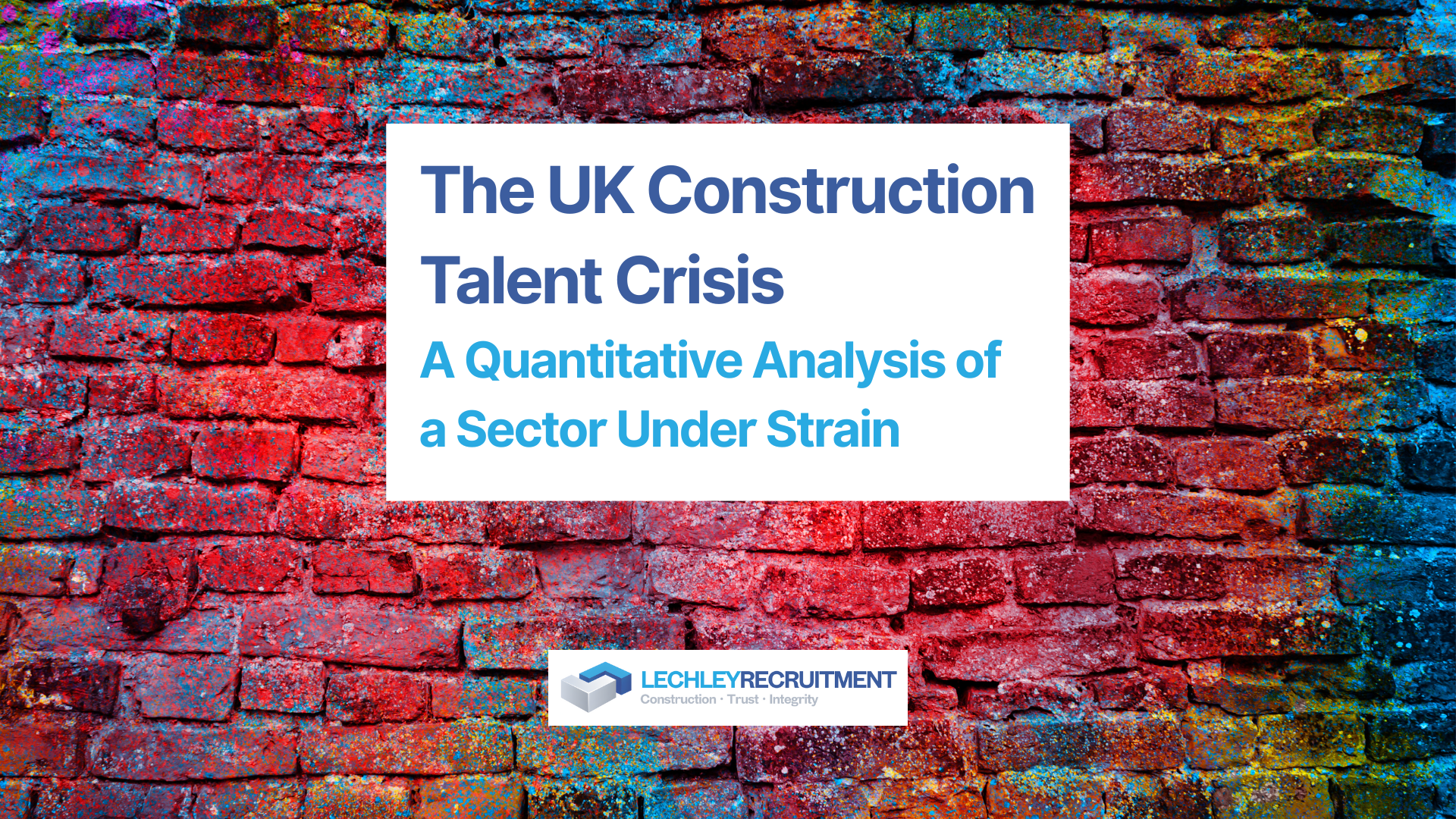How to Fight Procrastination
How to Fight Procrastination

I know what you’re thinking. You’re not lazy. After all, you’re always doing something. Here’s the truth, though. We’ve all been guilty of putting off important tasks. Procrastination chronically affects about 15%–20% of adults, and approximately 25% view it as a defining personality trait.
You may procrastinate because the task seems daunting or you don’t feel up to it. There are even some people who enjoy working under pressure. Regardless, procrastinating can put a major kink in your plans, straining your mental and physical health.
With that in mind, this observance aims to promote anti-procrastination efforts.
1. Admit that you’re procrastinating.
“Delay is the deadliest form of denial,” said historian C. Northcote Parkinson. So, to stop procrastinating, the first step is to acknowledge it.
Perhaps you are putting off a task because you are re-prioritizing your workload. At the same time, you aren’t necessarily procrastinating if you temporarily delay an essential task for a good reason. If, on the other hand, you put things off indefinitely or change your focus to avoid doing something, then you probably are.
Procrastination can also occur when:
- Spend your day doing low-priority tasks.
- Get started on a high-priority task and then stop to make a cup of coffee.
- You neglect an essential to-do item for a long time.
- Review emails several times without taking any action.
- Rather than focusing on the critical tasks already on your list, you spend your time on unimportant tasks others ask you to do.
- Wait until you’re in the “right mood” or when an opportunity arises.
Once you recognise that you’re procrastinating, you can get to the root cause. There are usually several reasons for this:
- Fear. There’s a fear that you’ll fail at the final.
- Impulse Control. Things like nice weather or friends easily distract you from your work.
- Dismissal. Some things aren’t your cup of tea, so you don’t consider them.
- Rebelling. Something is being forced on you, but you refuse to do it.
From there, you can make a plan to overcome it.
2. Put the worst thing first on your schedule.
A person has two options for unpleasant but still significant tasks.
The first option is to procrastinate. But, in reality, putting off this unpleasant task won’t make it any easier.
Additionally, it won’t reduce the significance of the task. At some point, you will need to put your head down and get this done. The worst part, however, is that having this hang over your head results in mental turmoil and drains your energy.
The second option, while less prevalent, involves tackling these tasks first. By doing this, not only do we overcome procrastination, but we also remove its ability to provoke negative emotions or resistance as well. More importantly, you build momentum for your other daily priorities.
Could you consider creating a playlist of your favourite songs to make unpleasant tasks more enjoyable? You could also use gamification by seeing how much you can accomplish in under 20 minutes.
3. Reduce the number of daily decisions you need to make.
Whenever we decide, there is a consequence in terms of energy. For example, every morning, you ask yourself, “What do I need to accomplish today? In that case, you’re about to procrastinate all day long.
In other words, you’ll waste much of your energy thinking about what to do if you don’t plan what each day will look like. Examples include:
- Should I wear my grey or blue suit?
- What should I have for lunch?
- Do I need to return that call now or later?
- Should I accept that meeting for this afternoon?
- Is it better to go to the gym today or tomorrow?
Our minds are filled with questions like these all the time.
Here’s the problem, however. Questions prompt our responses, which force us to make decisions. And this wears you out and drains your self-control, resulting in procrastination.
If you are trying to avoid procrastination, reduce the number of decisions you need to make daily. How? By planning and creating habits around some areas of your life, you will be more effective throughout the day and won’t waste energy thinking about whether or not to do them.
Examples include:
- Rather than deciding the day of exercise, decide which days you’ll exercise.
- Instead of picking out your clothes in the morning, pick them out the night before.
- Schedule time tomorrow for the most essential thing to be done.
4. Utilize time management techniques.
Time management techniques and tools are essential for overcoming procrastination. They are, however, insufficient on their own. In addition, not all time management methods are equally effective in overcoming procrastination.
Moreover, procrastination is an issue that can be overcome in some ways, while in others, it can be made worse by time management techniques. The best strategies reduce anxiety and fear and emphasise satisfaction and rewards for completing tasks. After all, procrastination can be increased through inflexibility, highlighting the magnitude of the task and causing anxiety.
For example, you may be more likely to procrastinate if you keep a massive list of “things to do” or schedule every minute of your day. Instead, set realistic goals (such as a manageable list of things to do), discuss big tasks with others, and reward yourself for completing tasks by doing something you enjoy.
5. Change your environment.
Depending on the environment, we are more or less productive. As such, carve out some time to evaluate your workspace. As we all know, an environment that has inspired us in the past may not resonate with us in the future. It may be time to change things if that is the case.
It may be difficult to concentrate in public places due to the constant movement and noise. The same might be true in an open office or when the kids are home. As such, you may need to relocate to a quiet place to sit down and focus.
What’s more, your workspace should be clean and organised. Of course, there’s nothing with a little bit of clutter. But, too much is distracting and distracts your attention from what matters most.
6. Work on stuff earlier.
“For master procrastinators, the idea of working too early on a task is stupid,” Justin Bariso writes at Inc.com.
“What if something changes and causes me to want to do this thing differently? “
“Or what if I don’t even end up having to do this thing?”
However, it’s important to remember that just starting something doesn’t mean it has to be completed.
“The beauty is that by starting, you get the juices flowing, allowing you to reach a state of flow more quickly so that you get more of your thing done than you anticipated,” he adds.
“Additionally, you increase the quality of your work — because every time you revise your thing, it gets better,” Bariso writes. In contrast, procrastinators always submit their first drafts.
How about this:
- Did you finish a meeting? Plan the next one now.
- Have a great idea? Make sure you don’t just write it down. Instead, describe it in more detail.
- Do you have a task to complete? Prepare it as soon as possible — ideally today.
7. Use timeboxing.
“Timeboxing is a method of time blocking where you limit the amount of time you can work on any particular task,” notes Calendar’s Angela Ruth. “So instead of giving yourself infinite time to work on a single item throughout the day, you’ll limit yourself to 90-minute time blocks.”
“The psychology behind “timeboxing” has to do with time scarcity and deadlines, where your limited time forces you to do things more efficiently and get more done,” Angela adds.
When was the last time you procrastinated on something and got it done? Despite some people thriving off of it, it’s incredibly stressful. However, with timeboxing, tasks no longer have to be put off until deadlines approach.
“Timeboxing is a great way to ‘trick’ your brain into thinking you have less time than you have, getting you moving,” she says. The key to reaching your biggest goals in life is to take one step at a time.
“As an additional bonus, timeboxing lets you schedule breaks between focus blocks,” adds Angela. What’s the significance of that? It guarantees that “you get adequate rest and feel refreshed going into the next ‘timebox.'”
8. Be challenging to reach.
There should be nothing that interrupts your focus. And, yes, that also includes work apps. For those who find this frightening, you can enable notifications for specific contacts, apps, or times. However, be aware that notifications are intended to keep you “hooked” on an app and disrupt your concentration.
Moreover, don’t just close your social media, email, or Slack tabs. Instead, log out, so whenever you feel tempted to go online, you’ll have to follow the (tedious) steps of logging in.
9. Remind yourself of the consequences.
“Make a note of the consequences of not completing a task, recommends Deanna Ritchie in another Calendar article. “Understanding the consequences of not getting something done can help you understand why it was necessary in the first place, in addition to serving as a motivator to complete it.”
Suppose you were a student and did not study for a big exam. It might have consequences for you. You might also fail the class or fail to learn the material.
Make it a habit to remind yourself mentally if you do not want to make a physical or digital list. It can be beneficial to regularly remind yourself of why a task is necessary, for instance, if you struggle to start a project.
10. Think like a rhino.
In Rhinoceros Success, Scott Alexander discusses how to think like a rhinoceros. How? Well, let me explain.
Here’s something you might not have known about rhinos. Their eyesight is extremely poor. So, to deal with another animal they see as a threat, they put all their energy into charging toward it when they sense danger. As soon as they decide to charge — they run at high speeds without changing direction or focusing on anything else. And, once they get going, It’s impossible to stop them.
You can also use this approach to think about your goals or work. Try to visualise yourself like a rhino charging at a goal with laser-like focus once you set your mind to it. Let nothing hold you back as you approach it with all your energy. Nothing around you can hold you back until you are done with your work and have completed your charge.
Basically, that’s what it means to think like a rhino. Developing this mindset helps you stay on top of your work and procrastinate less. As a result, you can handle anything from daunting to tedious work. It’s because of your mindset to charge head-on and not stop until you accomplish your goals.
11. Practice mindfulness.
Procrastination usually occurs when you are anxious or overwhelmed. Mindfulness is a great way to counteract this.
According to Professor Tim Pychyl from Carleton University, “Research has already shown that mindfulness meditation shrinks the amygdala, expands the pre-frontal cortex, and weakens the connection between these two areas.”
Getting started with mindfulness is as easy as downloading an app like Calm or Headspace.
12. Lower your expectations.
Perfectionism is like kryptonite for procrastinators. Nobody has ever achieved it.
Rather than striving for perfection, aim for “good enough.” You will feel much more confident and less anxious starting if you don’t put the pressure on yourself.
And, one more thing. Despite what some people believe, procrastination and perfection are not synonymous.
13. Find an accountability buddy.
According to the American Society of Training and Development (ASTD), committing to someone increases the chances of achieving a goal by 65%. In addition, if you set up an accountability appointment with someone you’ve committed to, you’ll increase your chances of success by 95%.
Before starting a project, tell a friend or colleague your plans and have them check in with you — preferably at the end of the day.
For instance, when you finish an important presentation at work, could you ask a colleague to review it at the end of the working day? As a result, you will be motivated to complete this specific task. Also, you can give them accountability if they need one.
14. Follow the five-minute rule.
“If you don’t want to do something, make a deal with yourself to do at least five minutes of it,” says Instagram co-founder Kevin Systrom. “After five minutes, you’ll do the whole thing.” In other words, “just starting” is helpful for several reasons.
The first benefit is that it encourages us to break larger goals into smaller ones. The second reason is a psychological phenomenon known as the Zeignarik Effect. This “effect” is attributed to your tendency to recall unfinished tasks. Generally, when you start something, it will stick with you until it is completed.
15. Visualise your future self.
According to Eve-Marie Blouin-Hudon, a student of professor and procrastination expert Tim Pychl, undergraduate students can reduce procrastination by visualising their future selves. The reason for this? This activity enabled them to empathise with their future selves.
“I’d also add that through visualisation, you can draw a roadmap of what your final destination looks like,” writes Abby Miller in a previous Calendar article. “When you work on visualising your destination — you may feel pretty good.” When you complete tasks, dopamine is released, so visualising your destination may help.
I think it's a good idea to identify every step you need to take to cross the finish line. “Could visualising help you determine what roadblocks you must overcome?” Abby asks. “I don’t know — but it would be worth a try.”
Image Credit: Brett Jordan





